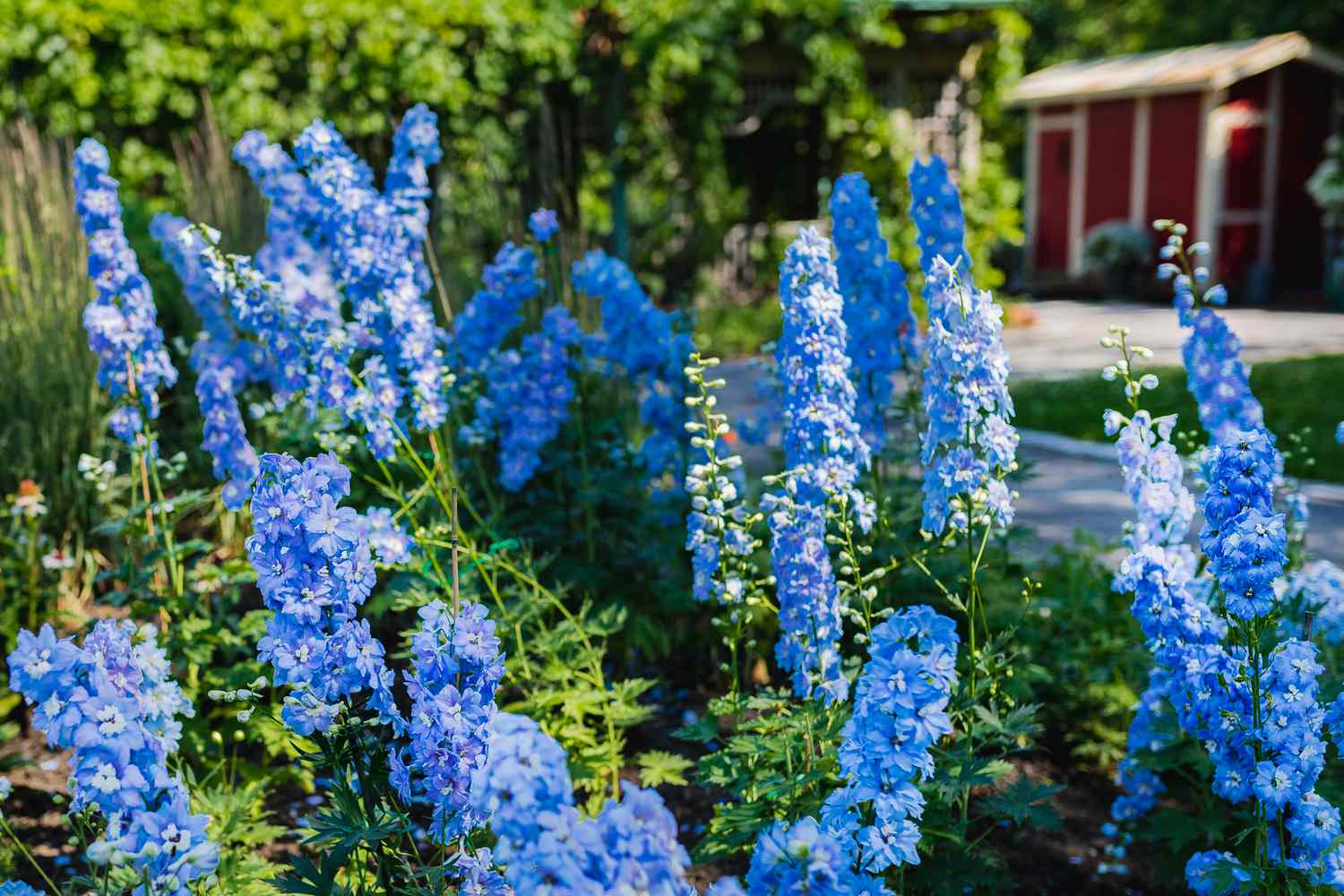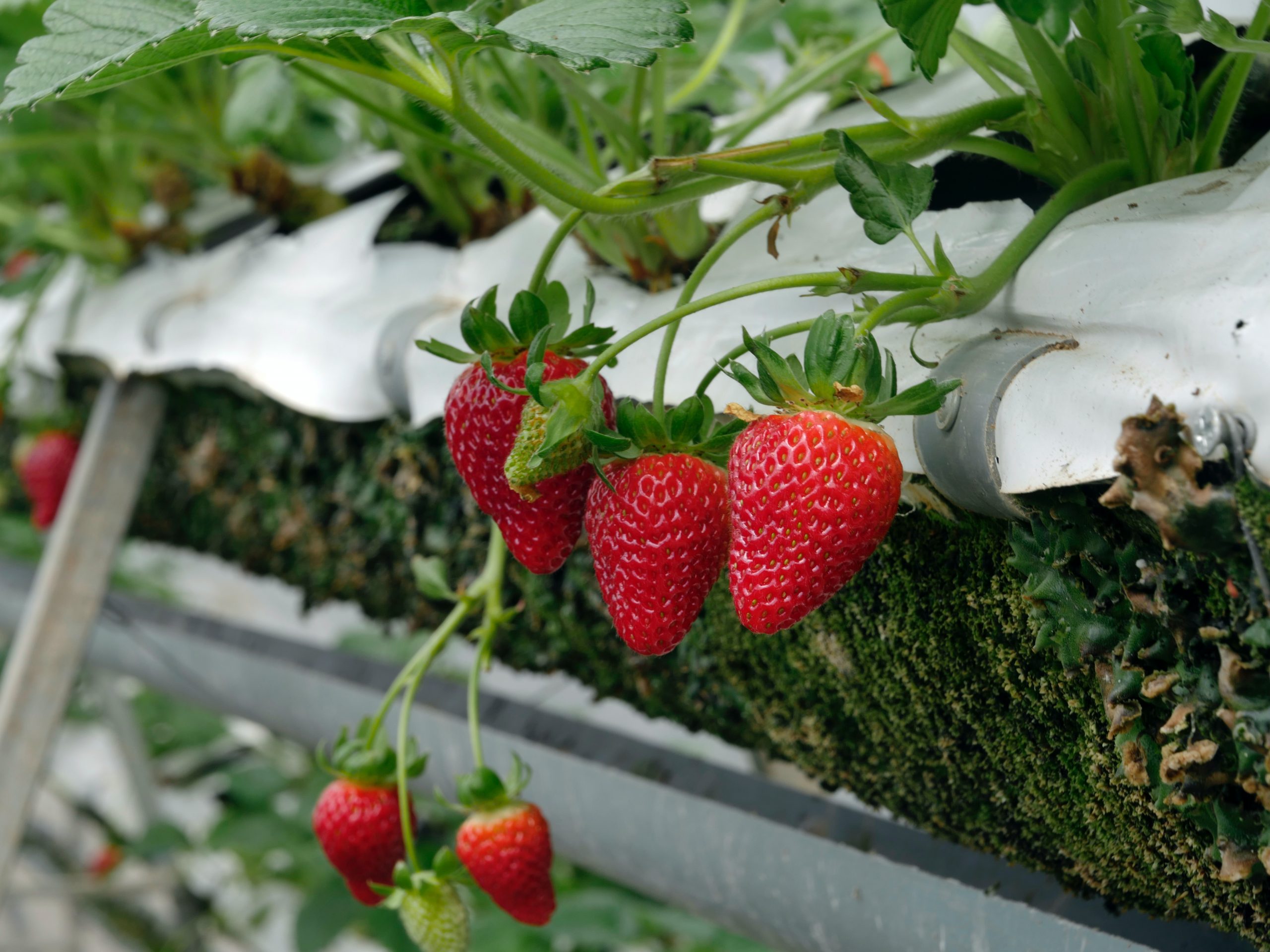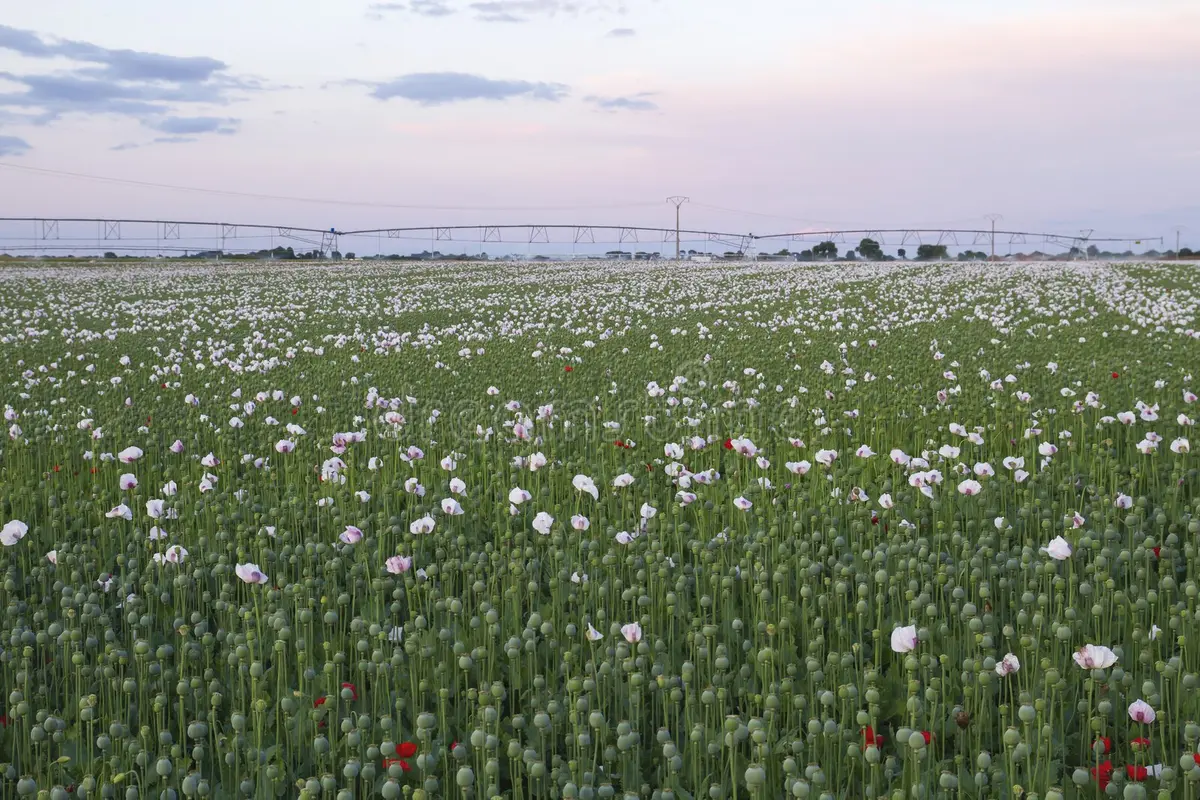How To Protect Your Gooseberry Plants From Sawfly And Caterpillars
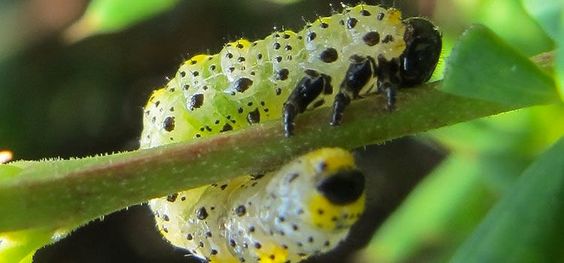
Table of Contents
Have you ever considered growing gooseberry plants in your garden?
Growing gooseberries in your garden are typically a hassle-free and low-maintenance task, and even a solitary plant can yield a bountiful crop of fruit that can be utilized in various delicious ways. The gooseberry plant produces delicious fruits that are packed with various nutrients, including those that promote healthy hair.
Introducing the pesky gooseberry sawfly, the bane of many gardeners and fruit enthusiasts. If you have ever grown gooseberries, you may have experienced the disappointment of discovering your harvest ruined by these small insects.
The gooseberry caterpillars are known for feeding on the plant’s foliage during spring and summer, potentially causing significant damage and decreased fruit production. In this blog, we will explore the various aspects of the gooseberry sawfly, including its life cycle, identification, and effective ways to prevent and control infestations.
So, if you want to protect your precious gooseberry crop, keep reading!
What Are Gooseberry Plants?

Gooseberry plants are deciduous shrubs that belong to the Ribes genus and are native to Europe, North Africa, and Asia. They grow to about 3-6 feet in height and have sharp spines along their stems. The leaves are alternate and lobed, and the flowers are small and bell-shaped, usually appearing in clusters in the spring.
The Gooseberry plants are cultivated for a number of reasons, both domestic and commercial. The berries are edible and may be either fresh or cooked as a dessert element. They’re also used to flavour drinks like soda, flavoured water, and fruit wine. The gooseberry fruit can be kept in sugar syrup and preserved as jam, dried fruit, and as an ingredient in pickling.
What Is a Gooseberry Sawfly?
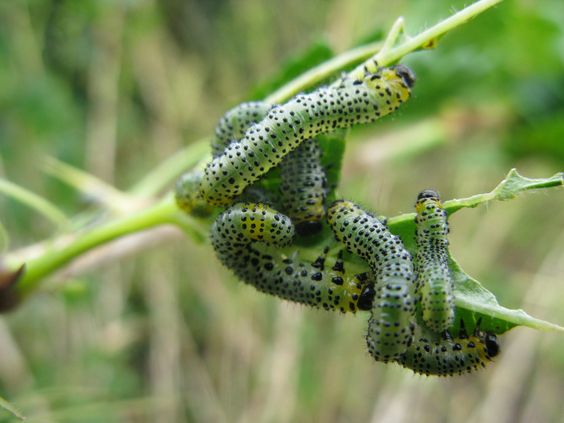
The gooseberry sawfly is a small, yellow, and black insect that is the enemy of gooseberry growers. Its larvae (gooseberry caterpillars) are real culprits, which are caterpillar-like and green, and they feed on the leaves of the gooseberry plant during the spring and summer months. This constant feeding can cause significant damage to the plant, leading to decreased fruit production. They cause serious harm to the leaves, leaving only the skeletal veins, and can strip a gooseberry of all its leaves.
Some Facts About Gooseberry Sawfly
- Common Name – Common Gooseberry Sawfly, Spotted Gooseberry Sawfly & Small Gooseberry Sawfly.
- Scientific Name –Nematus tribes, Nematus leucotrochus, and Pristiphora appendiculate.
- Plants Affected – Gooseberry, red and white currants, and a close relation feeds on blackcurrants.
- Main Symptoms – Green with black spots, caterpillar-like larvae consume the foliage quickly.
- Most Active – April to September.
Lifecycle Of A Gooseberry Sawfly
The gooseberry sawfly has a relatively simple life cycle consisting of four stages: Egg, Larva, Pupa, and Adult.
- In the spring, adult gooseberry sawflies emerge and lay their eggs on the undersides of gooseberry plant leaves. These eggs hatch into larvae, which begin feeding on the plant’s leaf.
- The larvae go through numerous phases of development, developing their skin as they go. They will continue feeding and growing for several weeks, resulting in harm to the plant.
- Once completely developed, the larvae build a cocoon around themselves and begin the pupal stage. The larvae turn into adult sawflies at this stage, emerging from their cocoons and mating to restart the cycle.
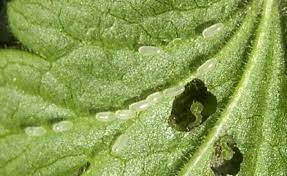
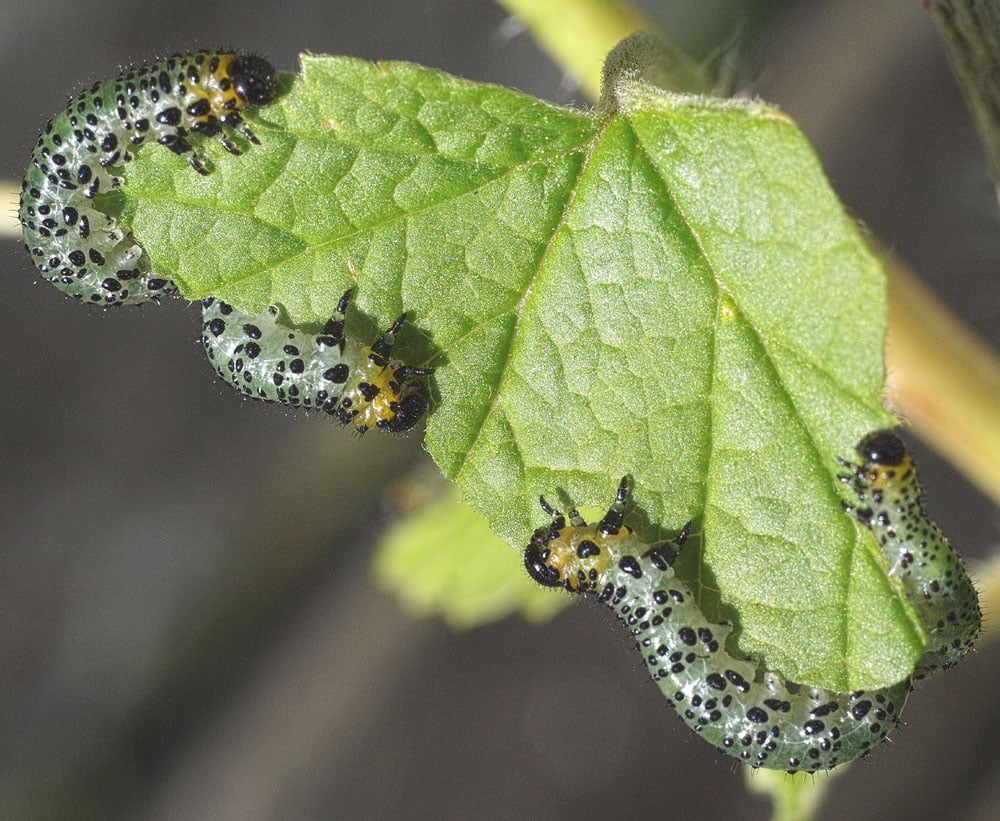
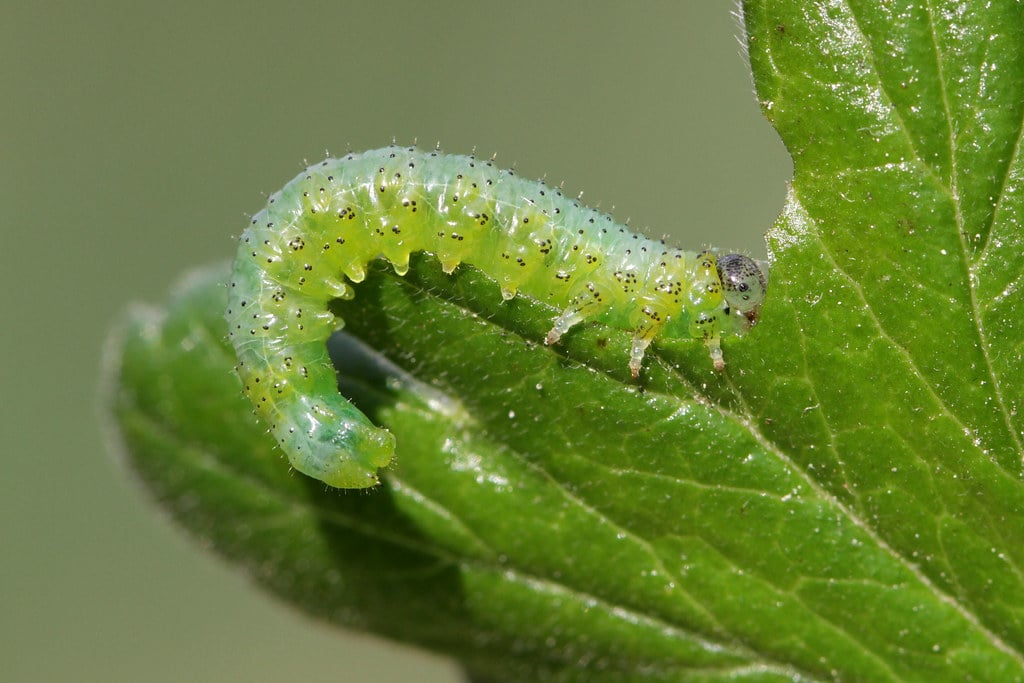
How to Identify A Gooseberry Sawfly?
Sawfly larvae resemble caterpillars, but they have shinier skin and, in addition to the 3 pairs of front legs, each segment of the body includes a pair of fleshy pro legs. They are up to 20mm long and pale green, and 2 species have tiny black spots on them. If there are sawflies present, their effects on the gooseberry plant may be the first thing you notice rather than the insects themselves. If you observe that entire branches of leaves have been removed from the plant, this is most likely due to sawfly larvae.
Adult Common Gooseberry Sawflies (Nematus Tribes) have Yellow Bodies and Black Wings. The Females Are 5-7mm Long, Yellow, and Have Black Markings on Their Thoraxes and Heads. Men Have a Similar Appearance to Females but Are More Black on Them.
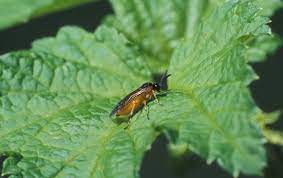
Pale Spotted Gooseberry Sawfly (Nematus leucotrochus) larvae are significantly smaller in size and have pale green heads. There is only one generation of this species every year, and the larvae are active between May and June.
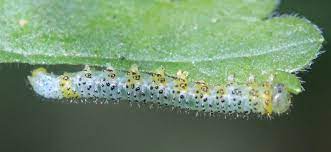
Small Gooseberry Sawfly (Pristiphora appendiculata) can have up to four generations starting in late April. These larvae are green in colour.
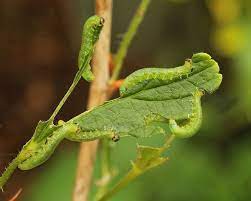
Damage Control Measures
To control a gooseberry sawfly outbreak, check plants regularly throughout the season for early detection. Eggs are often laid low down in the centre of the bush. Choose the right control measure to avoid harming plants and animals.
1. Non-Chemical Methods
-
Handpicking

To control the gooseberry sawfly, check the bushes regularly from mid-April onwards for the larvae. The larvae are often laid low down in the centre of the bush, so it’s easy to miss them. The simplest way to control them is to pick them off by hand. Check underneath the leaves and in the centre of the gooseberry bush regularly and manually remove the larvae, which look like caterpillars, before they can cause significant damage to the crop. Also, pruning the infected branches and leaves can help to remove the larvae and prevent further spread.
-
Introduce Natural Predators
To control the population of sawflies, which are harmful to Gooseberry plants, it is helpful to encourage natural predators such as birds and beetles to live in the area. Natural predators include lizards, parasitic wasps, and frogs, in addition to birds. Sawfly larvae are also eaten by ladybirds.
One effective solution is to install a bird box near the Gooseberry plant. The birds that inhabit the box will feed on the sawfly larvae and help to control their population.
-
Diatomaceous Earth
A useful method to prevent sawfly larvae from forming a cocoon is to sprinkle Diatomaceous earth around the base of the Gooseberry plant. This method is effective and natural, making it an excellent option for those who prefer environmentally-friendly solutions.
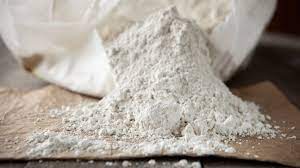
Diatomaceous earth is a natural substance made up of fossilized remains of tiny aquatic organisms called diatoms. It works by creating tiny cuts in the sawfly larvae’s exoskeleton, causing them to dehydrate and die. This method should be applied during dry weather conditions, as it loses effectiveness when wet. It is non-toxic and safe for humans and pets, making it a great alternative to chemical pesticides.
-
Biological Control
When dealing with the initial stages of sawfly larvae infection, gardeners are advised to consider biological control as a safe and effective method.
- This method involves using a pathogenic nematode, which can be found in some garden centres or ordered online as Fruit and Vegetable Protection. These nematodes are applied to infested plants, and they enter the larvae’s bodies and infect them with a bacterial disease. This should be done during cool and damp weather.
- Another option is to use the biological control Nemasys Grow Your Own, which contains minute nematodes that can kill the caterpillars.
-
Neem Oil Mixture
Neem oil, derived from the seeds of the Indian Lilac evergreen, is a natural insecticide. Neem is completely natural, even if it has a slight odour, and it’s simple to combine and use.
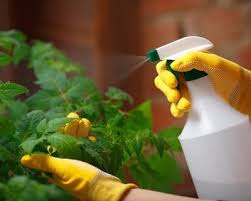
The Neem oil mixture should be used within 8 hours of preparation to maintain its strength. Keep it handy in your house as it works well to control many pests. It is a natural and effective solution to keep your gooseberry plant healthy and pest-free. Here is how to use it:
- Combine 4 teaspoons of neem oil with a gallon of water and a little liquid soap to make a homemade sawfly killer.
- Spray the solution on the leaves and other affected areas of the plant. Reapply after heavy rains.
- For preventive use, a 0.5% to 1% mixture in warm water with 1-2 ml of insecticidal soap added works fine.
- For severe infestations, increase the mixture to a 2% solution. Results should be seen after a week.
- When sawflies first appear in April, spray neem oil on them. Don’t give them time to get established. Drench the bush in Neem oil.
2. Chemical Methods
To control the infestation of gooseberry sawflies, the use of pesticides is recommended when manual removal of larvae is not possible.
- Identify young larvae and use an insecticide approved for use on the food plant following the manufacturer’s instructions regarding maximum applications and harvest intervals. Insecticides like lambda-cyhalothrin, deltamethrin, or organic pesticides such as pyrethrum are suitable.
- Avoid spraying plants in flowers to protect pollinating insects. Look for short-term or shorter-persistence pesticides that are less likely to cause damage to wildlife.
- Organic insecticides that contain natural Pyrethrum and are approved for fruits and vegetables can also be used. To use Pyrethrum, dilute it well and spray it on the leaves where you see caterpillars. Only spray in the evenings when bees are inactive.
- In dry weather, water the plants before spraying them to prevent chemical burns.
- The inclusion of a pesticide product does not indicate a recommendation or endorsement by the RHS, and pesticides should always be used with cautionand following instructions carefully.
3. Traditional Methods
People have been using natural remedies for a long time to get rid of Gooseberry Sawfly larvae and other pests. These remedies are usually made from harmless substances and plants that don’t harm humans. They can be used at any time, including during flowering, and don’t harm beneficial insects or interfere with pollination. The berries sprayed with these remedies can be eaten on the same day after rinsing well.
These remedies not only protect the plant but also feed it, increasing its immunity and making it stronger and less susceptible to pests. You can repeat the treatments every 7 to 10 days, if necessary, and it’s a good idea to alternate between ash and herbal infusions. These natural remedies have been proven to work and have been used for generations.
Ash Infusion
Ash infusion is made from wood ash and is a great remedy for plant pests. To make it, take 1 kg of sifted ash and mix it with 10 liters of hot water. Let it sit for three days, then filter the solution. You can use the filtered solution to treat the leaves of your plants, both the lower and upper sides. You can also sprinkle the solution on currant and gooseberry bushes. After watering your plants, you can sprinkle wood ash on the wet leaves to help control pests.
Chamomile Infusion
Chamomile infusion is a type of natural pesticide that can help control pests and diseases in plants. To prepare chamomile infusion, take 1 kg of chamomile plants, pour hot water over them, and let them sit for 10-12 hours. Then, filter the infusion and dilute it with water. Add some soap to the mixture as it helps the infusion stick to the leaves of the plant and increases its effectiveness. Now, spray it onto the gooseberry plants.
Planting Garlic
Planting garlic around your gooseberry plants is beneficial. Garlic contains natural compounds that repel insects. You can plant garlic bulbs around the perimeter of your plants. Make sure to plant garlic in the fall or early spring before the growing season.
Underplanting with lavender
Another traditional method is to underplant your gooseberry plants with lavender can help repel sawfly larvae. Make sure to plant lavender in well-draining soil and in a spot that receives full sun, as lavender produces fragrant oils that are unpleasant to sawflies. You can plant lavender around the base of your plants.
Conclusion
Sawfly worms are harmful to plants and can ruin your garden or orchard. It’s important to destroy them as soon as you can. It is crucial to act quickly and choose the right control method to protect your plants from sawfly damage.
We have discussed a variety of effective and practical methods to prevent gooseberry caterpillar infestations. By using these techniques, we can keep safe our beloved planta from gooseberry caterpillars and enjoy nutritious berries.
As prevention is the key to success, so keep an eye on your garden and take preventive measures to protect your plants. With a little effort and care, we can ensure that our gardens are safe, providing us with fresh and healthy products.

